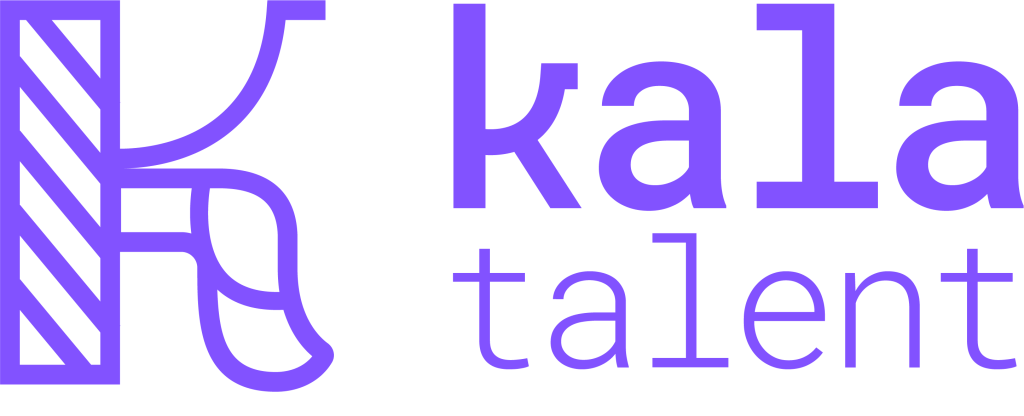When you’re job hunting, it’s easy to look at a JD (Job Description) and say: “Yeah, I’ve done that” or “I don’t know that tool, so this isn’t for me.”
Usually JDs include some information that helps you see if you are or not a match. It could be about years of experience, tools, certifications, industry background, and the list can go on. But today, with the use of AI and the way companies get creative with some role names, it looks like a Customer Success Analyst can be named in so many different ways and could include requirements you don’t even understand…
So here’s a better question:
What kind of roles are truly aligned with how you think, solve problems, and create value?
So instead of checking JD by JD to see if you could be a match, take some time to define what you’ve done and what you’d be able to do in new teams. Take some time to build your Role Fit Profile and save time later.
What kind of work actually fits me? Not just what I’ve done. Not just what I’ve studied. But what kind of problems I’m good at solving and in which types of roles that matters.
If you’ve worked in Customer Success for 5+ years, sure, you can apply to CS roles. BUT your experience might also translate into:
- Onboarding Specialist – if you’ve guided users through setup or training
- Training Lead – if you’ve coached other reps, built internal documentation, or improved onboarding for new hires
- Implementation Specialist – if you’ve worked closely with product or tech teams to set up customer systems or integrations
- Product Specialist or PMM – if you’ve voiced client pain points and influenced product changes
Or maybe you’ve been an English teacher, and you think: “What could I apply to outside of education?”
Let’s map it:
- You’ve managed time across multiple students, followed up consistently, and never missed a session (hi, ops and coordination roles).
- You’ve worked with frustration, handled different personalities, and kept people motivated (hello, customer-facing roles).
- You’ve written emails, feedback reports, and class summaries in clear English (yes, internal comms and documentation roles).
- You’ve created your own resources, lesson plans, and visuals to explain abstract concepts (hi, content marketing or knowledge base contributor).
So maybe previous experience as English teacher is not a requirement but you know what your profile match because you have done your Role Fit Profile.
1. Your Resume Is a History Book. Your Role Fit Profile Is a Map. 🗺️
Resumes tell you what you’ve done. That’s not enough. You need to connect what you’ve done to what it means you can do.
Start by asking yourself:
- What problems have I solved more than once?
- What kind of challenges do I like solving?
- When people come to me for help, what are they usually stuck with?
- What do I not want to do anymore, even if I’m good at it?
Those answers say more about your fit than your last job title ever will.
You’re not just “Customer Support” or “Marketing Assistant.”
You’re someone who improved retention, built scalable processes, or made sense of user feedback when no one else did.
That’s role-fit gold.
2. You’re Not Applying to a Title. You’re Solving to a Problem. 🛠
Every job post is really just a company screaming:
“Please help us fix this thing.”
But they won’t say it that clearly. They’ll talk in frameworks, tools, buzzwords, and acronyms.
Your job is to read between the lines and ask:
Do I know how to solve the problem they’re actually facing?
For example:
- “Build onboarding flows and improve activation” → You’ve trained clients and written guides? That’s you.
- “Own customer insights” → You’ve tagged feedback, tracked patterns, reported it? That’s you.
- “Create scalable retention processes” → You automated check-ins, created email sequences, built a playbook? That’s you.
The titles may vary. The problems underneath? You’ve probably seen them before.
3. Explore Lateral and Diagonal Moves 📐
Stop looking only for your same job with a better title.
Instead, explore:
- Lateral roles: Similar scope but in a different department (e.g. CX → Product Ops)
- Diagonal roles: Slightly more senior or adjacent (e.g. Marketing Assistant → Lifecycle Coordinator)
- New title, same skillset: The startup world loves cool names. “Success Engineer”? “Onboarding Strategist”? “Customer Experience Architect”? All possibly you, just branded differently.
Tools you know, problems you’ve solved, types of users you’ve served—that’s your range.
4. Build Your Role Fit Profile 📄🧠
Your CV tells what you’ve done.
This profile tells what you can do next—and where that experience fits.
| Category | Your Notes (for an English Teacher) | What You Can Do With That | Roles You Can Apply To |
|---|---|---|---|
| Core skills | Explaining ideas clearly, communication, time management, public speaking, adapting to people | Break down complex topics, lead sessions, manage your time and others’ | Content Writer, Customer Education Specialist, Support Rep |
| Tools used | Google Docs, Zoom, Canva, Notion, Google Classroom, Slides | Operate async/remote tools, create docs, edit decks, collaborate online | Virtual Assistant, Onboarding Coordinator, Operations Assistant |
| Types of users | Teens, adults, professionals, non-native English speakers | Communicate across cultures, adjust tone, simplify language | Community Manager, Customer Support, Internal Comms |
| Types of challenges | Low engagement, learning gaps, time limits, tech issues, frustrated learners | Problem-solve quickly, keep people engaged, work under pressure | Edtech Support, CX Ops Assistant, Training Coordinator |
| Outcomes | Increased participation, improved learning, positive feedback, better understanding | Show real impact in human growth, feedback cycles, program improvement | Program Assistant, Course Developer, Retention Analyst (entry) |
This becomes your filter. Before applying, ask: “Does this job connect with at least 60% of what’s here?”
If yes → tailor your pitch.
If not → don’t waste your energy.
Ready to do your Fit Profile?



